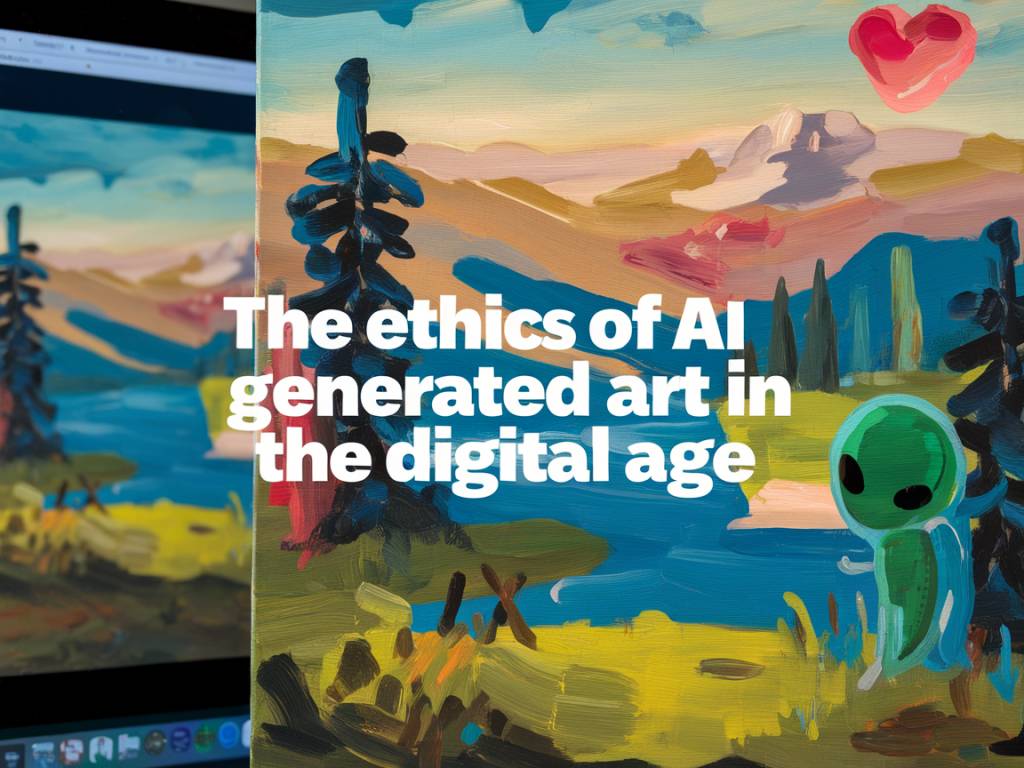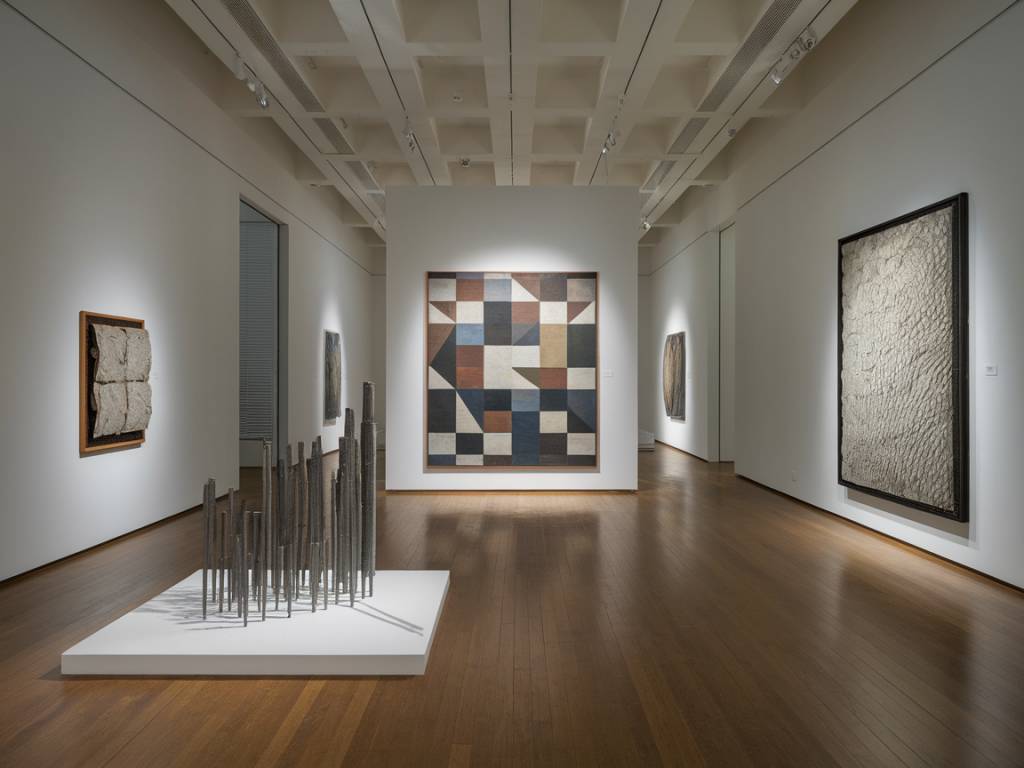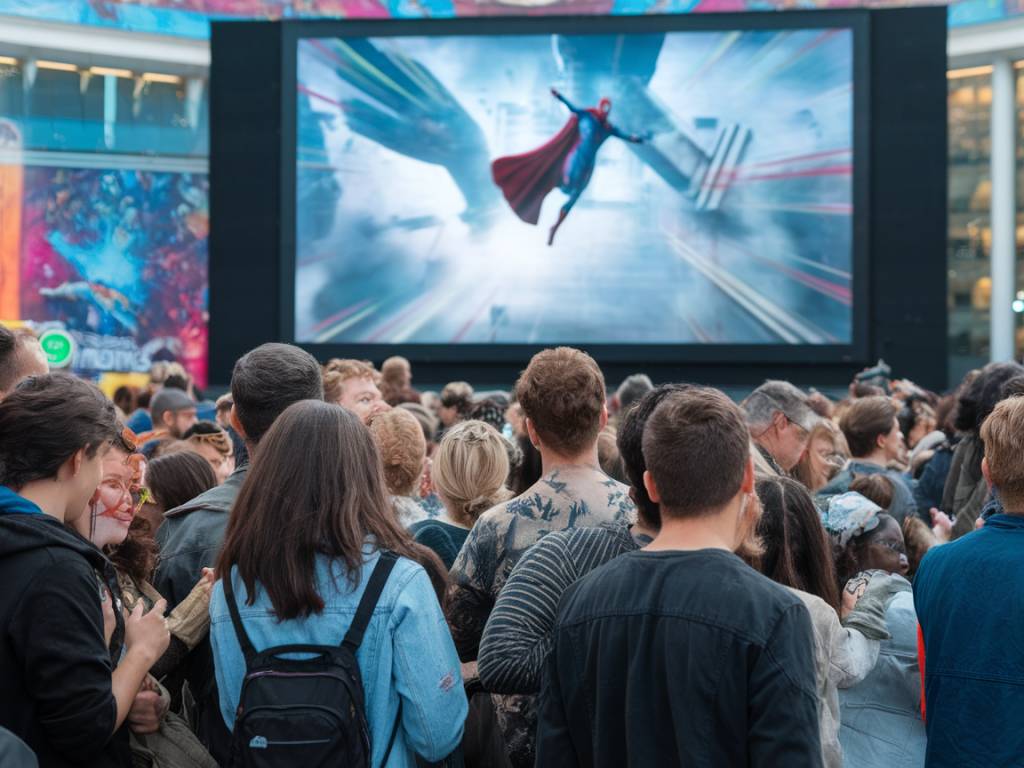Understanding AI-Generated Art in the Digital Era
Artificial Intelligence (AI) has become an integral part of our everyday lives, infiltrating industries ranging from healthcare to finance. Yet one of the most intriguing developments in recent years has been its application in the world of art. AI-generated art, produced with the assistance of machine learning algorithms and neural networks, pushes the boundaries of artistic creation while raising significant ethical questions.
From AI-powered tools like DALL·E, Midjourney, and Stable Diffusion to deepfake technology and style-transfer models, the digital art world is embracing automation like never before. But at what cost?
What Is AI-Generated Art?
AI-generated art refers to visual content—and increasingly, music and writing—created with artificial intelligence algorithms. These systems are trained on vast datasets composed of existing artwork, from classical masterpieces to contemporary digital illustrations. By analyzing patterns, styles, and structures, AI programs can generate new and original pieces that mimic human creativity.
Despite its machine-driven nature, AI art resonates emotionally with audiences and is displayed in galleries, sold at auctions, and featured in high-profile exhibitions. However, the very process that underpins AI art has prompted heated discussions within artistic and ethical communities.
Ethical Concerns Surrounding AI Art
While the technology is innovative and captivating, AI-generated art raises a host of ethical questions—primarily around authorship, consent, and originality. The discussion is particularly significant given the accelerated adoption of AI in both amateur and professional creative spaces.
- Copyright and Intellectual Property: Many generative AI models are trained using publicly available images scraped from online platforms. These datasets often include copyrighted works, raising concerns about whether AI-generated pieces constitute intellectual property theft.
- Artist Compensation: Human artists who created the work used to train AI models are seldom compensated, recognised, or even asked for consent. This dynamic risks undermining the value of original, human-made artwork.
- Creative Ownership: Who owns an AI-generated piece—the person who inputs the prompt, the developer of the algorithm, or the AI itself? The law is still catching up with this evolving technology, and copyright frameworks vary across jurisdictions.
- Cultural Appropriation: AI systems do not distinguish between cultural contexts or historical significance. This can lead to unintentional, yet widespread, misuse or misrepresentation of cultural symbols and identities.
The Impact on Human Artists
For many visual artists, AI-generated artwork represents both an opportunity and a threat. On one hand, it opens new avenues for exploration and hybrid creativity. On the other, it breeds competition from entities that can produce high volumes of art in minimal time and at low cost.
Some express concern that AI is diluting the value of human expression. Art has long been celebrated as a product of emotional insight and life experience. AI, by contrast, creates based on data and pattern recognition—void of any lived experiences or emotional depth. This raises the question: can something created by an algorithm be truly meaningful?
There is also fear that emerging artists may struggle to gain recognition in an oversaturated market flooded with AI-generated pieces, particularly on digital platforms and NFT marketplaces, where rapid production can eclipse quality curation.
Legal Implications and Regulatory Challenges
As AI-generated art becomes increasingly mainstream, lawmakers and governing bodies face unprecedented challenges in adapting copyright and intellectual property laws. Currently, there is no global consensus on how to treat creative works made through artificial intelligence.
Key questions arise:
- Should AI art be copyrighted, and if so, in whose name?
- How can we verify that AI-generated content does not infringe on pre-existing copyrights?
- What constitutes « originality » in the age of machine learning?
In the UK, as of 2023, copyright protection can apply to computer-generated works, but only for a limited duration and without full clarity on ownership rights. This ambiguity poses risks for buyers, collectors, and artists who wish to collaborate with AI tools but also safeguard their contributions.
The Role of Transparency and Disclosure
Transparency is emerging as a key principle in the ethical use of AI in art. Whether it’s through public disclosure of training datasets, clear attribution of AI-generated works, or informed consent from contributors, the industry must strive for openness.
Several platforms now request that users label their AI-generated content to ensure transparency for viewers and buyers. Others are beginning to implement AI-detection systems, similar to deepfake identification technology, to verify the authenticity of visual artworks.
In terms of best practices, artists and designers using AI-based tools should be encouraged to:
- Acknowledge AI-use in their creative process.
- Credit source material where possible.
- Use responsibly sourced and ethically assembled datasets.
- Engage in dialogue with audiences about the nature of their creative methods.
Ethical AI Integration in the Art Market
AI-generated art is already part of the commercial art ecosystem. It is being auctioned by major houses like Christie’s and Sotheby’s, and marketplaces for AI NFTs are rapidly emerging. As collectors invest in these new forms, ethical buying practices become a priority.
Buyers and institutions should:
- Research the methodologies behind AI-generated pieces.
- Verify the creators’ transparency practices.
- Support artists directly involved in or impacted by AI art production.
There is also a need for curated digital spaces that advocate for high standards and responsible innovation. Platforms that blend AI tools with human oversight may help foster a more balanced and equitable digital art environment.
Looking Forward: A New Role for Human Creativity
Despite concerns, AI can coexist with traditional art forms and even rejuvenate interest in classical techniques. Artists who embrace AI as a collaborative tool rather than a competitor are leading the way toward a dynamic future of creative expression.
The interaction between human and machine intelligence has the potential to expand artistic boundaries. But this future depends heavily on ethical frameworks, supportive legislation, and an informed community that prioritises responsibility alongside innovation.
As digital transformation continues, society must ask not just what AI art can do, but what it should do. The choices made today will shape the cultural landscape for generations to come.




